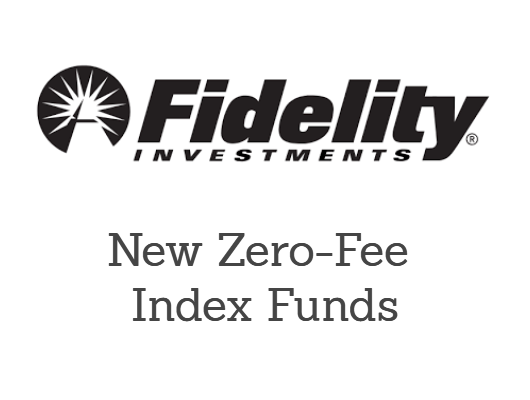According to global auditing firm Ernst and Young’s annual survey of more than 500 global investors released last week, India is the world’s most attractive country for investments. India won in a landslide, being the top choice of 32% of respondents.

China came in a distant second, at 15%, followed by Southeast Asia, Brazil, and then North America. Furthermore, 60% of respondents to the survey put India among the top three most attractive investment destinations.
The country’s policy initiative and marketing slogan, “Made In India” has made in-roads with investors. 55% of respondents to the survey know about the Made in India program and 69% said they were likely to invest in manufacturing over the next five years.
Ernst and Young’s managing partner Mark Otty commented that “There is no doubt that interest in India has increased. Investors increasingly see the potential and understand the fundamentals.”
Respondents to the survey viewed India’s macroeconomic stability, its low labor costs, and the improving domestic consumer market as strong plusses for investment. On the other hand, transportation infrastructure, the country’s tax code, and the difficulty of complying with the country’s regulations were viewed as weak points.
The country has listened to its critics, such as GE’s CEO Jeffrey Immelt. The long-running complaint has been that it is difficult to do business in India; bureaucracy and red tape run rampant. The World Bank’s Ease of Doing Business index backs that assertion up, putting the country at 142nd out of 189. Not a great result.
However Indian Prime Minister Narendra Modi’s efforts to reform the government’s regulatory system seem to be working. The number of respondents in Ernst and Young’s survey saying it was easy to do business in India jumped 18% versus the prior year.
Modi has stated repeatedly that he intends to lift India into the top 50 in the World Bank’s report over the next three years. If successful, this would have a transformative effect on India’s economy in coming years. Taxation policy and simplifying the nation’s bankruptcy laws are among the top items on the agenda.
To help with this, Modi is also launching the Startup India initiative to foster more entrepreneurship and homegrown new investments in the economy.
Investment in new projects in India rose a solid 32% to $25 billion in 2014. This reversed two years of declines. Efforts to modernize the manufacturing sector are paying dividends, the new foreign investments are being directed toward that sector.
If India’s efforts to boost manufacturing and reform the red tape work, it’s expected that the country will be able to ramp its GDP growth rate back up to the 9-10% per year range.
India’s current growth rate around 7% already makes it the world’s fastest growing major economy. But economists project that with more well-managed governance, even this rapid rate can be significantly improved.
India has certainly placed itself in a good position. With 32% of investors viewing India as their top choice and 60% putting it in their top three, it was the most popular region by a landslide.
China, at 15% top choice and 47% top three was next, followed by Southeast Asia (12% and 38%), and Brazil (5% and 27%).
North America was the leading developed market, at 10% top choice but only 21% of investors placed it among their top three. Slow economic growth and bad demographics hurt all the developed markets.
Among other emerging markets competition, the Middle East at 4% top and 17% top three selection garnered some interest. South Africa barely got a mention, and Russia was almost entirely excluded.
All eyes are on Prime Minister Modi and the Indian economy. It’s risen to the top of the heap for global investors, and with China slipping, India has its opportunity to take the lead in driving the international economy onward.
This seems like a prudent time to be heavily exposed to the Indian economy and monitor developments closely. If Modi can really tame the leviathan regulatory complex, the Indian state will benefit from a revolutionary move forward.


